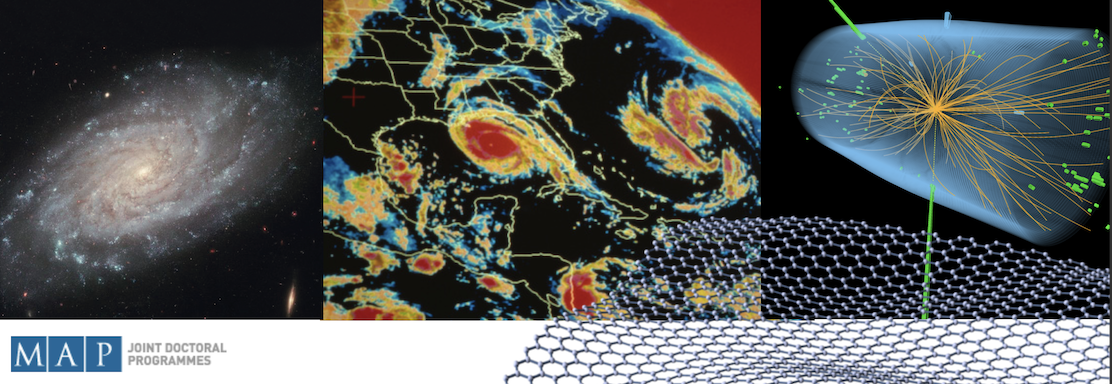Speaker
Description
Ferroelectric (FE) zirconium oxide (ZrO2) thin films are a promising alternative to hafnium oxide (HfO2) for low-power, high-speed memory devices due to their greater natural abundance and lower crystallization temperature. Ferroelectricity arises from the metastable polar orthorhombic (o-, s.g. Pca21) phase, making its stabilization central to obtaining functional FE properties.
Heterovalent doping with trivalent cations, such as Lanthanum, has been shown, both experimentally and theoretically, to promote the o-phase stability and enhance FE properties. However, this type of doping creates a charge imbalance that in FE ZrO2 films is typically compensated ionically, i.e. by the formation of charged oxygen vacancies (VO2+) that, in turn, affect the phase stability and FE properties. The effects of dopants and vacancies have been studied individually, but how their combined presence influences the properties of FE ZrO2 films is not yet clear.
In this work, we employ density functional theory (DFT) calculations to investigate how configurational disorder and charge compensation influence the FE properties and switching of o phase La:ZrO2. We find an intrinsic preference for ionic compensation via spontaneous VO2+ formation. Both the compensation mechanism and dopant spatial configuration strongly influence the spontaneous polarization and piezoelectric response. Moreover, the La distribution determines the favorable VO formation sites, driving the formation of La–VO–La complexes. These complexes introduce asymmetries in polar state energies and switching energy barriers, suggesting a possible microscopic origin for the pinning of ferroelectric domains.
| Which topic best fits your talk? | Condensed Matter Physics and Nanomaterials |
|---|

